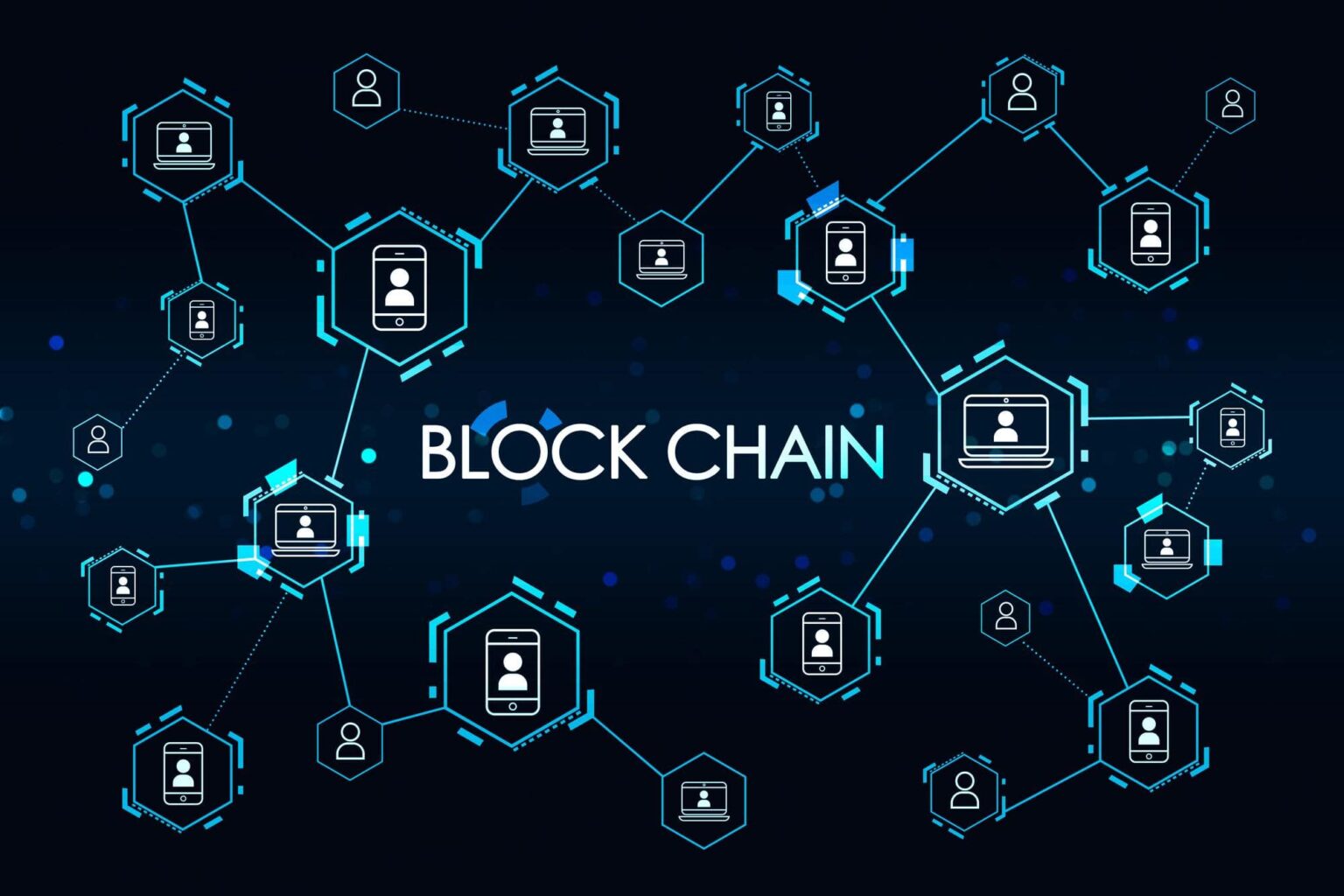Blockchain technology has the potential to drive social impact by providing new opportunities for transparency, accountability, and empowerment. Here are some ways in which blockchain can be harnessed for positive change:
-
Transparent and Accountable Supply Chains: Blockchain can enable end-to-end traceability in supply chains, making it easier to track the origins and movements of products. This can help ensure fair labor practices, prevent counterfeit goods, promote sustainability, and empower consumers to make informed choices about the products they purchase.
-
Financial Inclusion: Blockchain can provide access to financial services for the unbanked and underbanked populations. By leveraging blockchain-based cryptocurrencies or digital tokens, individuals without traditional banking infrastructure can engage in secure and low-cost transactions, access loans, and participate in the global economy.
-
Voting and Governance: Blockchain has the potential to enhance the integrity and transparency of voting systems. By recording votes on a distributed ledger, it becomes more difficult to tamper with or manipulate the results. This can help ensure fair elections and improve trust in democratic processes.
-
Identity Management: Blockchain-based identity solutions can provide individuals with greater control over their personal data and empower them to prove their identity without relying on centralized authorities. This can be particularly beneficial for refugees, the homeless, and marginalized populations who may lack official identification documents.
-
Humanitarian Aid and Philanthropy: Blockchain can facilitate more efficient and transparent distribution of humanitarian aid and charitable donations. By recording transactions on the blockchain, donors can track how their contributions are utilized, ensuring transparency and accountability in the allocation of resources.
-
Energy and Sustainability: Blockchain can support the transition to a decentralized and sustainable energy system. By enabling peer-to-peer energy trading and transparent tracking of renewable energy generation and consumption, blockchain can help promote renewable energy adoption, energy efficiency, and carbon offset initiatives.
-
Intellectual Property and Creative Industries: Blockchain-based platforms can protect the rights of artists, writers, and content creators by providing immutable proof of ownership, ensuring fair compensation for their work, and facilitating transparent licensing and royalty distribution.
-
Land and Property Rights: Blockchain can improve land and property rights by creating a transparent and tamper-proof record of ownership. This can help protect vulnerable populations from land disputes, ensure secure property rights, and facilitate access to credit and economic opportunities.
-
Decentralized Internet and Data Privacy: Blockchain-based decentralized networks can empower individuals to regain control over their personal data. By eliminating centralized intermediaries, blockchain can enable individuals to share and monetize their data on their own terms, while preserving privacy and security.
-
Social Impact Investing and Funding: Blockchain-based crowdfunding platforms and tokenization can democratize access to capital for social impact projects. Individuals and organizations can participate in impact investing and support causes they believe in through transparent and accountable investment mechanisms.
To harness the full potential of blockchain for social impact, it is important to address challenges such as scalability, regulatory compliance, user adoption, and education. Collaboration between blockchain developers, social entrepreneurs, governments, nonprofits, and communities is crucial to identify and implement innovative solutions that leverage blockchain technology for positive change.



